NASA officially is beginning work on the Wide Field Infrared Survey Telescope (WFIRST), an astrophysics mission designed to help unlock the secrets of the universe.
With a view 100 times bigger than that of NASA’s Hubble Space Telescope, WFIRST will aid researchers in their efforts to unravel the secrets of dark energy and dark matter, and explore the evolution of the cosmos. It also will discover new worlds outside our solar system and advance the search for worlds that could be suitable for life.
WFIRST is the agency’s next major astrophysics observatory, following the launch of the James Webb Space Telescope in 2018. The observatory will survey large regions of the sky in near-infrared light to answer fundamental questions about the structure and evolution of the universe, and expand our knowledge of planets beyond our solar system, known as exoplanets.
It will carry a Wide Field Instrument for surveys, and a Coronagraph Instrument designed to block the glare of individual stars and reveal the faint light of planets orbiting around them. By blocking the light of the host star, the Coronagraph Instrument will enable detailed measurements of the chemical makeup of planetary atmospheres. Comparing these data across many worlds will allow scientists to better understand the origin and physics of these atmospheres, and search for chemical signs of environments suitable for life.
The telescope’s sensitivity and wide view will enable a large-scale search for exoplanets by monitoring the brightness of millions of stars in the crowded central region of our galaxy. The survey will net thousands of new exoplanets similar in size and distance from their star as those in our own solar system, complementing the work started by NASA’s Kepler mission and the upcoming work of the Transiting Exoplanet Survey Satellite.
The Wide-Field Infrared Survey Telescope (WFIRST) is a NASA observatory designed to perform wide-field imaging and surveys of the near infrared (NIR) sky. The current design of the mission makes use of an existing 2.4m telescope, which is the same size as the Hubble Space Telescope. WFIRST is the top-ranked large space mission in the New Worlds, New Horizon Decadal Survey of Astronomy and Astrophysics. The Wide Field Instrument will provide a field of view of the sky that is 100 times larger than images provided by HST. The coronagraph will enable astronomers to detect and measure properties of planets in other solar systems.
source NASA

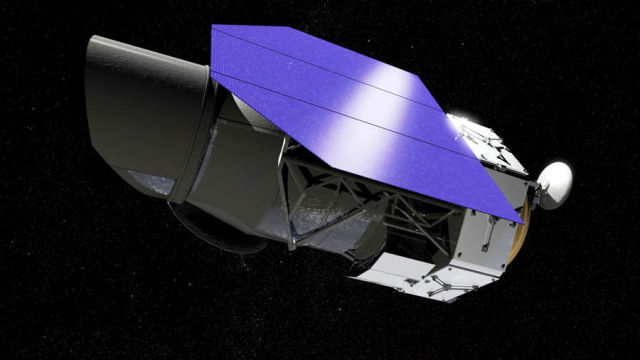
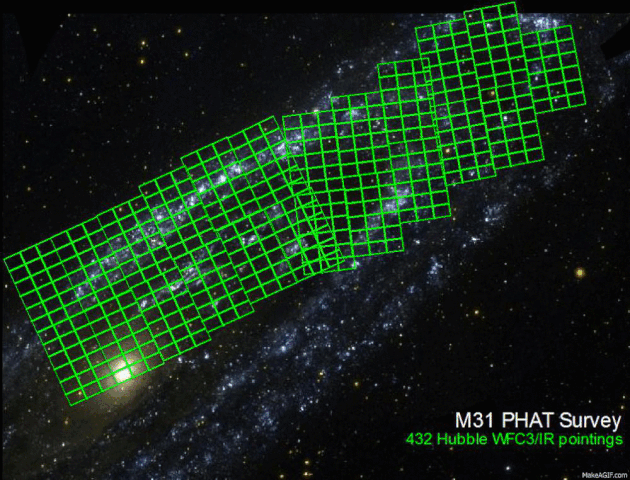
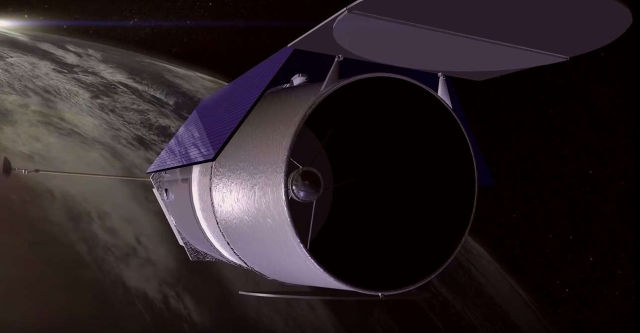
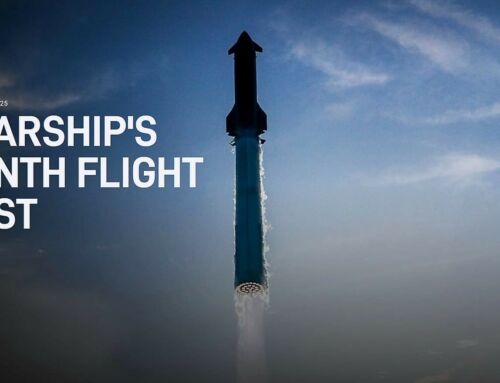

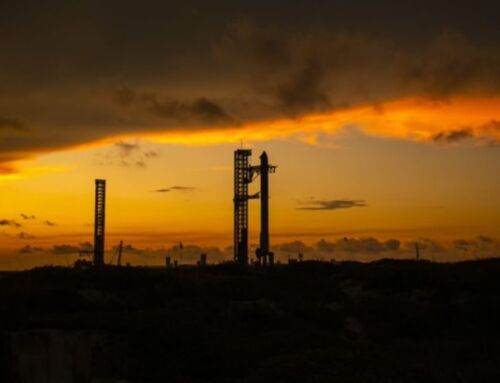

Leave A Comment